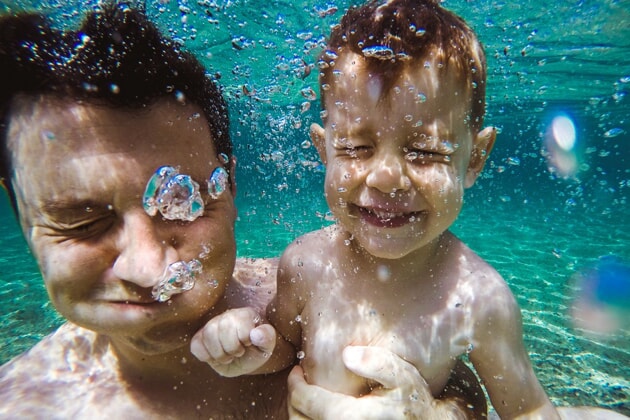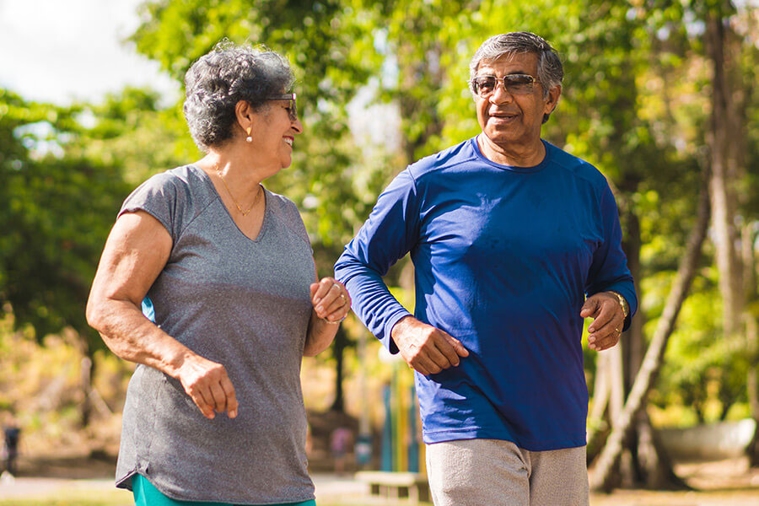
The water safety tips you need to know this summer
As the weather warms up, many families choose water activities to cool down. Whether you’re going out on the boat, swimming in a pool or simply splashing in a backyard sprinkler, here’s what you need to know to keep everyone safe.
Water safety best practices
When it comes to water safety, parents need to consider every potential exposure to water, especially with babies, toddlers and young children. Never let your child play in water unattended, and make sure that you are supervising play without any distractions. All parents and caregivers should know these safety best practices:
- Drain kiddie pools, buckets and baths immediately after use.
- Keep toilet seats closed and bathroom doors locked.
- Keep children within an arm’s reach of an adult during playtime around water.
- Teach kids to swim and consider enrolling them in lessons.
- Learn CPR and know what to do in case of an emergency.
Life jackets 101
A life jacket serves the important purpose of helping to keep a swimmer afloat. When and who needs a life jacket can vary. Young or weak swimmers should use life jackets any time they are near water, including at home pools. When in oceans, lakes or open water, everyone should wear a life jacket. This includes when you’re participating in water sports or riding on a boat.
Pool safety
When swimming in a backyard pool, make sure a designated adult is always actively watching children. Even when kids know how to swim, they should never be in the pool without supervision.
Pools should be fenced in with a barrier of at least four feet high. Install locking gates and make sure the pool is always covered when not in use.
Summer is typically a great time to enroll kids in swimming lessons. However, formal lessons might not be in the cards during this season of social distancing. If you’re helping your kids learn at home, make sure they know these five water survival skills:
- Submerge into water over their heads and return to the surface.
- Float or tread water for at least 60 seconds.
- Turn around in the water in a circle and find an exit.
- Sustain swimming for at least 25 yards.
- Exit the pool without using a ladder.
Boat safety
If you’re taking the family out on the lake or on a boat, there are some extra factors to note. Before heading out, complete a free vessel safety check with the U.S. Coast Guard Auxiliary. Make sure you have a pre-departure safety checklist and that at least one other person on the boat is also familiar with how to handle the boat, operations and general boat safety.
Sudden weather changes, fast-moving currents, rocks and water temperature all affect the safety of swimming in open water. All family members should always wear life jackets on open water or on a boat. As a parent, you can set the precedent by modeling best practices and keeping everyone safe on the water this summer.


